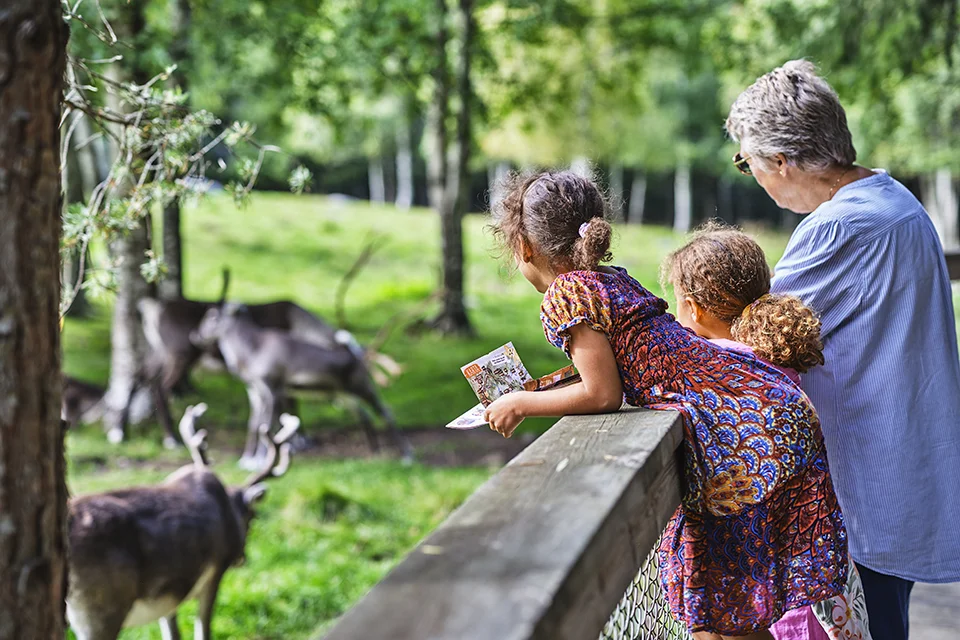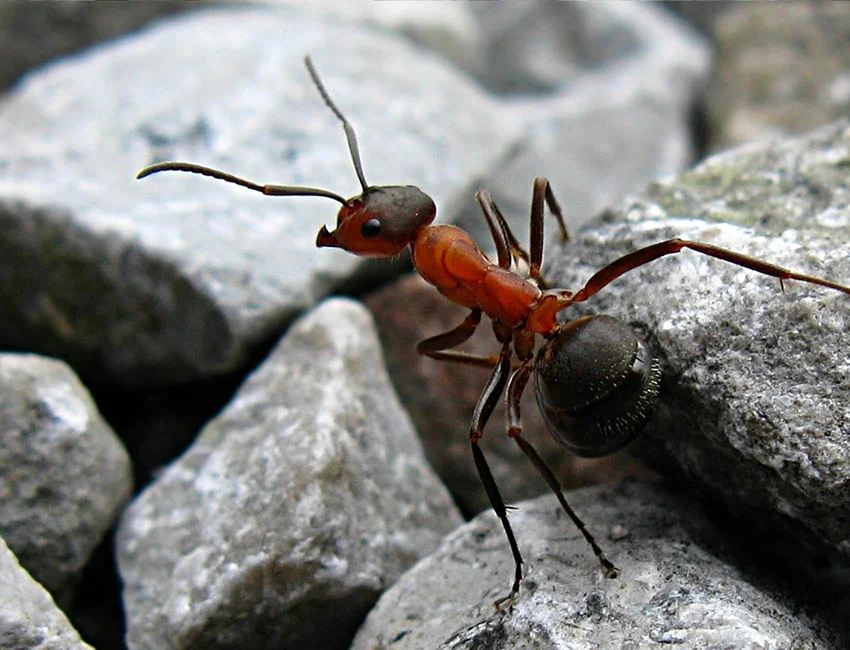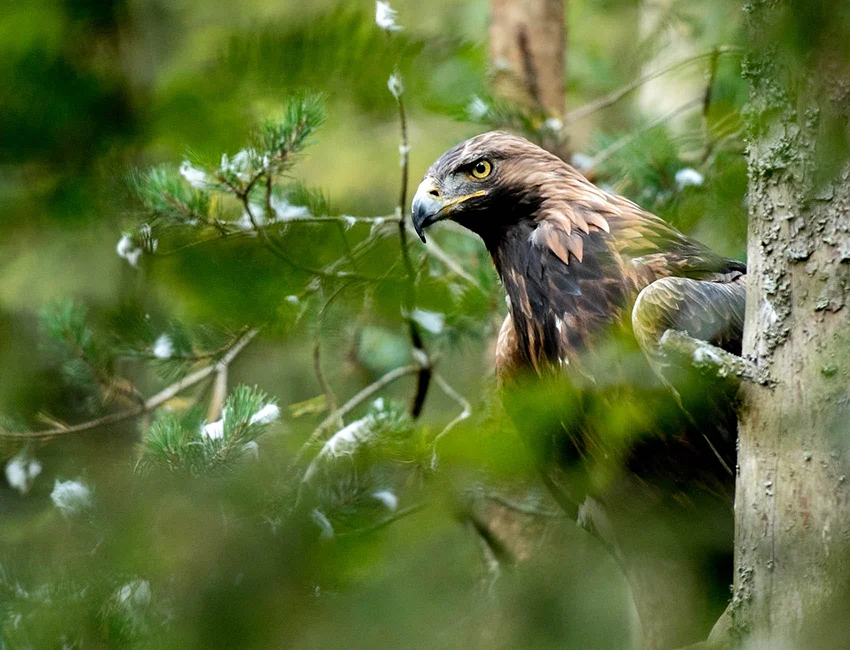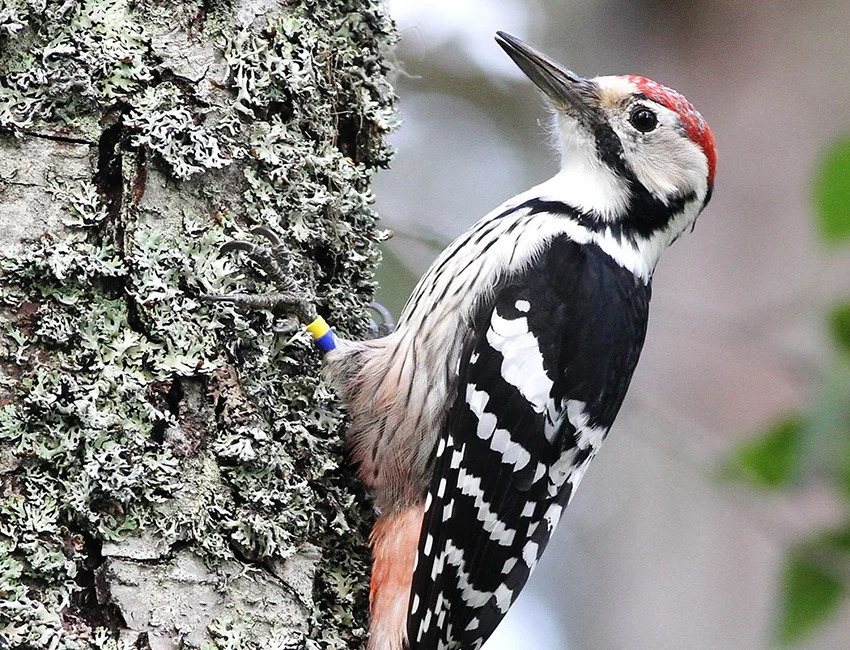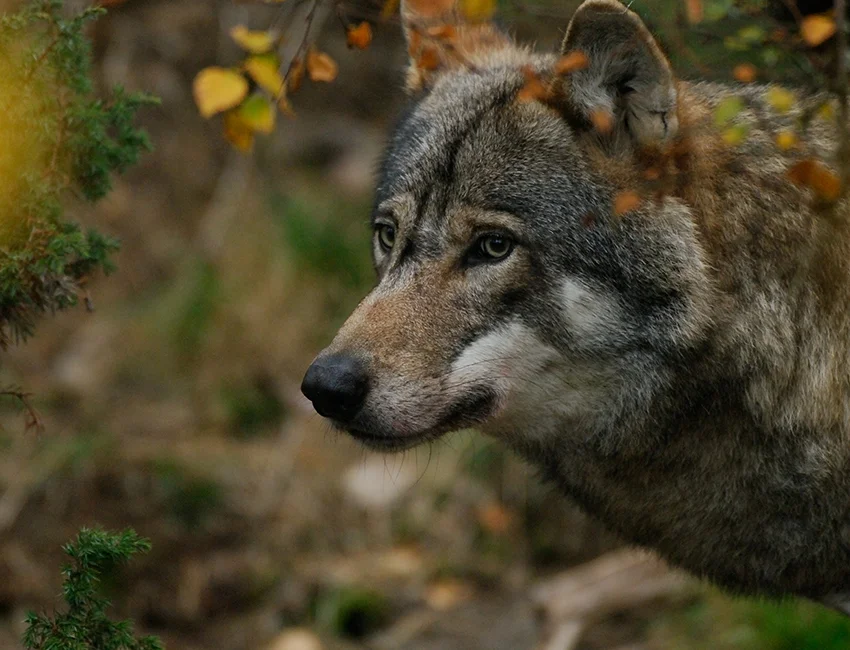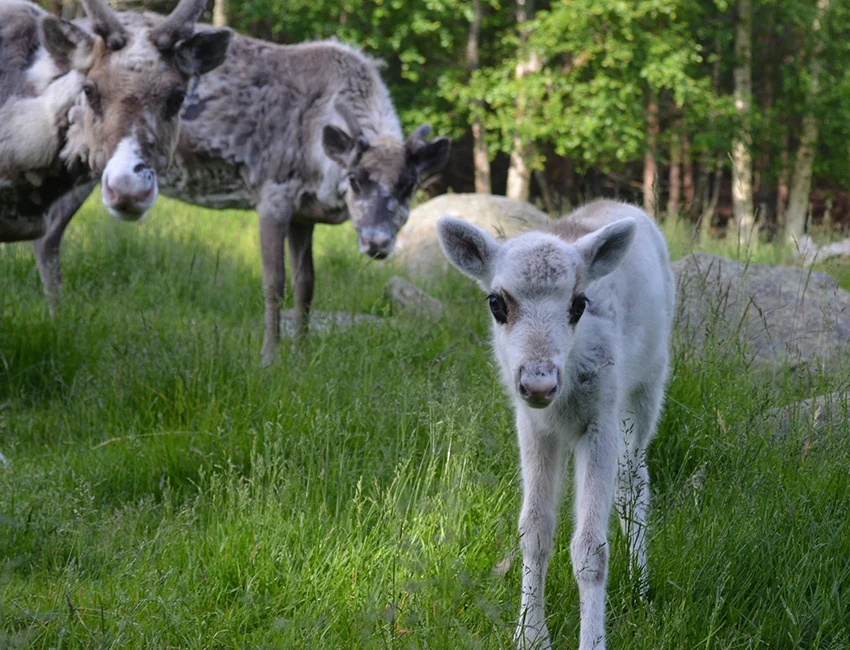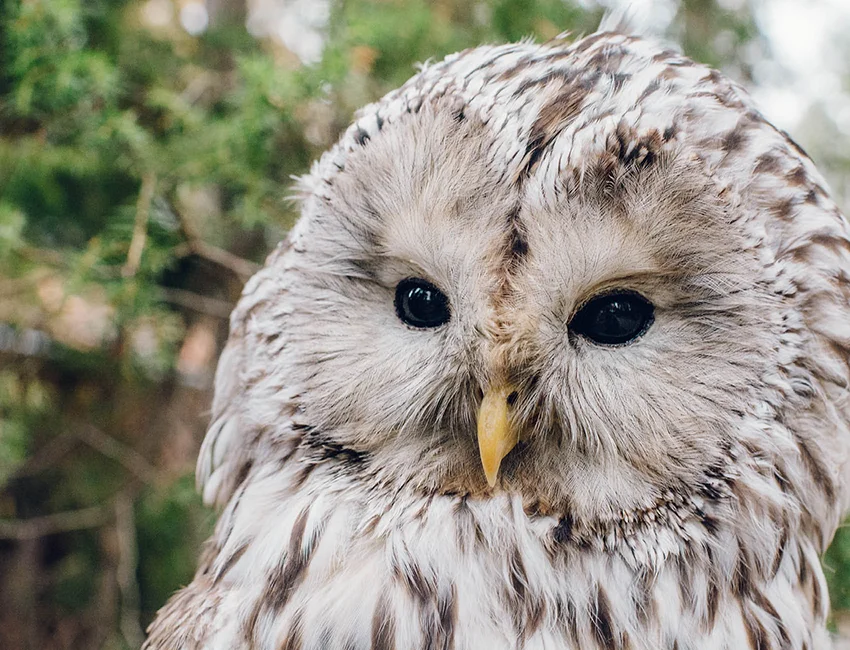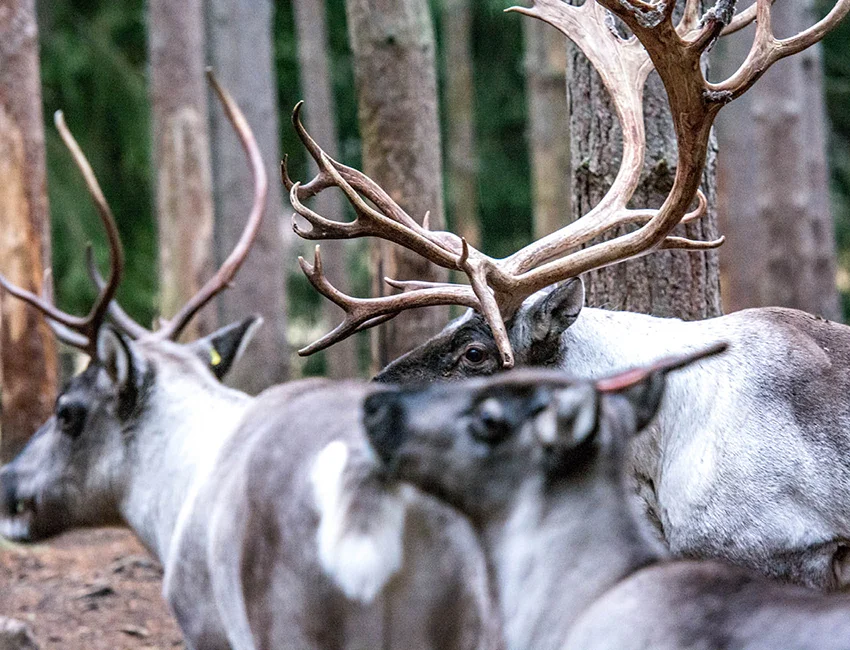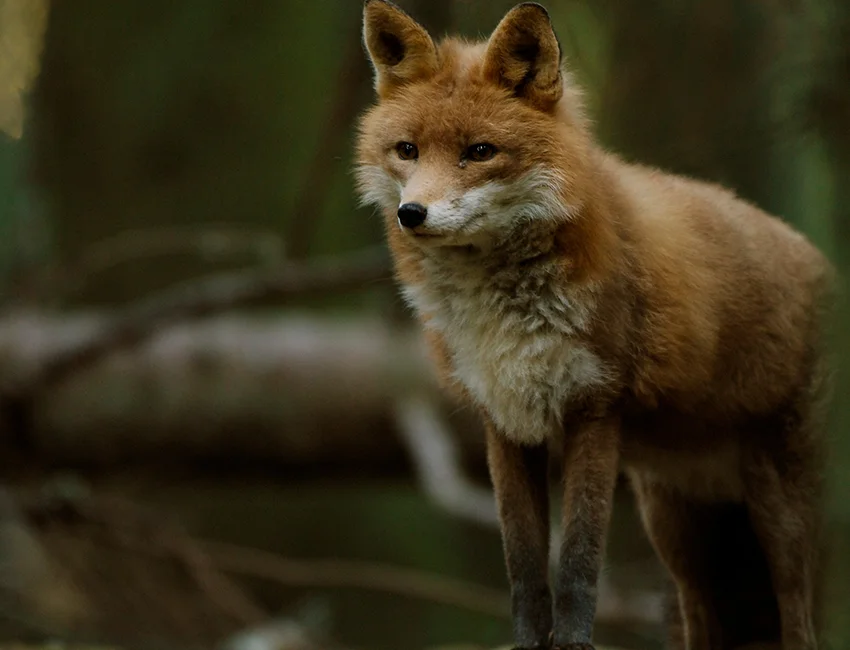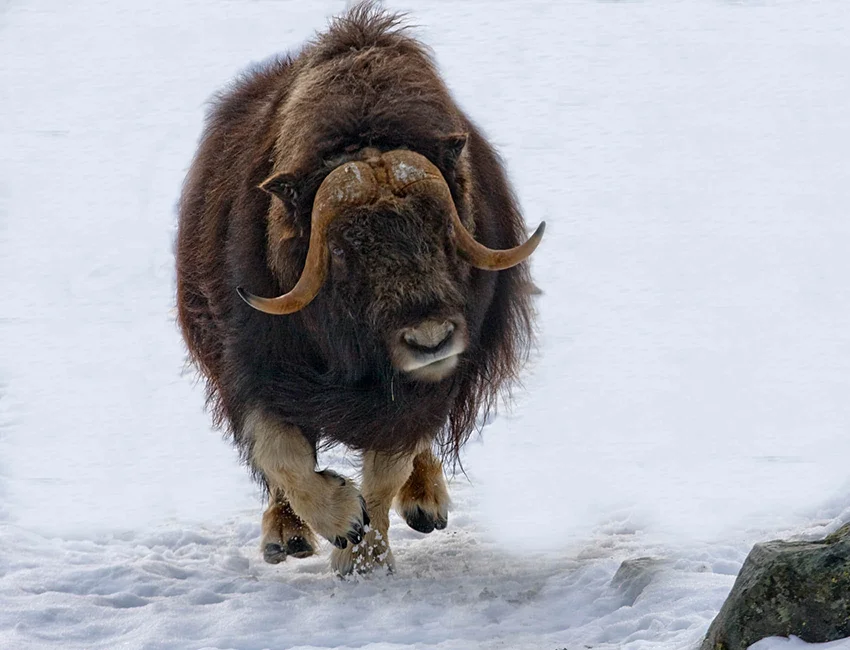The bear
Ursus arctos
Few animals have such a great place in fairy tales, myths and legends as the bear. The bear is the largest predator in Sweden – but not all bears will be particularly large. A small female bear can weigh 60 kg, but a large male bear can weigh 300 kg. Although the bear is considered a predator, it eats mostly vegetable feed and the intake of extremely large amounts of berries is what allows it to become really fat before going to sleep all winter.
About
The brown bear is Sweden’s largest predator; however it actually eats more berries and plants than it eats meat. The bear is quite distinctive in both shape and size, but not all bears are as large as one would imagine. A big male can weigh over 300 kg, but a small female can weigh about 60 kg.
The colour of the Swedish brown bear varies from light brown to dark brown, almost black. The mating season is in the summer with cubs being born in midwinter. Parenting is left entirely to the females. Their diet in the spring consists of moose and reindeer calves and ants, while in the summer and autumn they mostly eat berries and plants. Even domestic animals, carcasses, garbage and honey are sometimes included in their diet. During the winter they hibernate and do not eat anything.
Did you know that
The bear sleeps for almost half a year, but it does not go into hibernation. Therefore, a sleeping bear can be awakened.
Bear attacks on humans are unusual, but if you get very close, they may choose to stop and defend themselves.
The most common cause of death in bear cubs is that they are killed by foreign bear males.
Fact
Class: Carnivores (Carnivora)
Scientific name: Bears (Ursidae)
Conservations status: NT
Size: Shoulder height 90-150 cm, length 170-280 cm.
Weight: 60-350 kg. Males – up to 350 kg (in Sweden). Females – up to 160 kg (in Sweden).
Number of youngs: Born in January – usually – and there are typically 1-4 of them. They are born during the winter hibernation in the den and weigh no more than 3-4 hectograms at birth.
Conservation status






